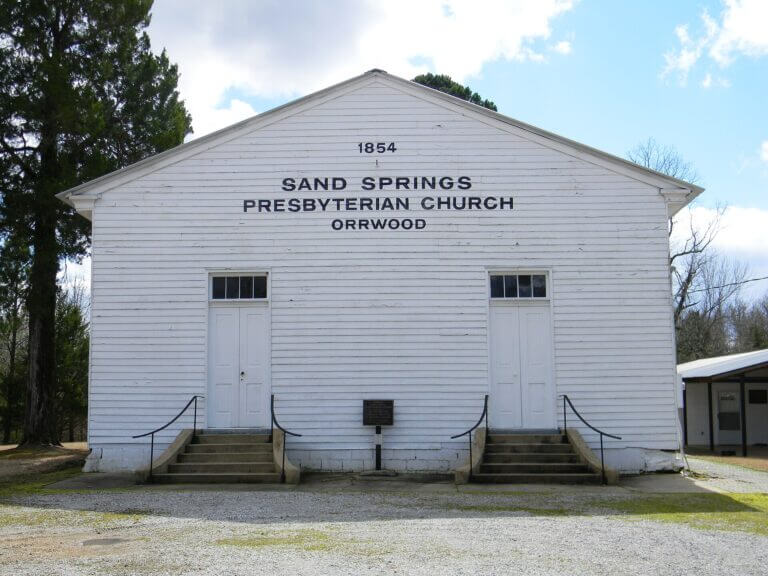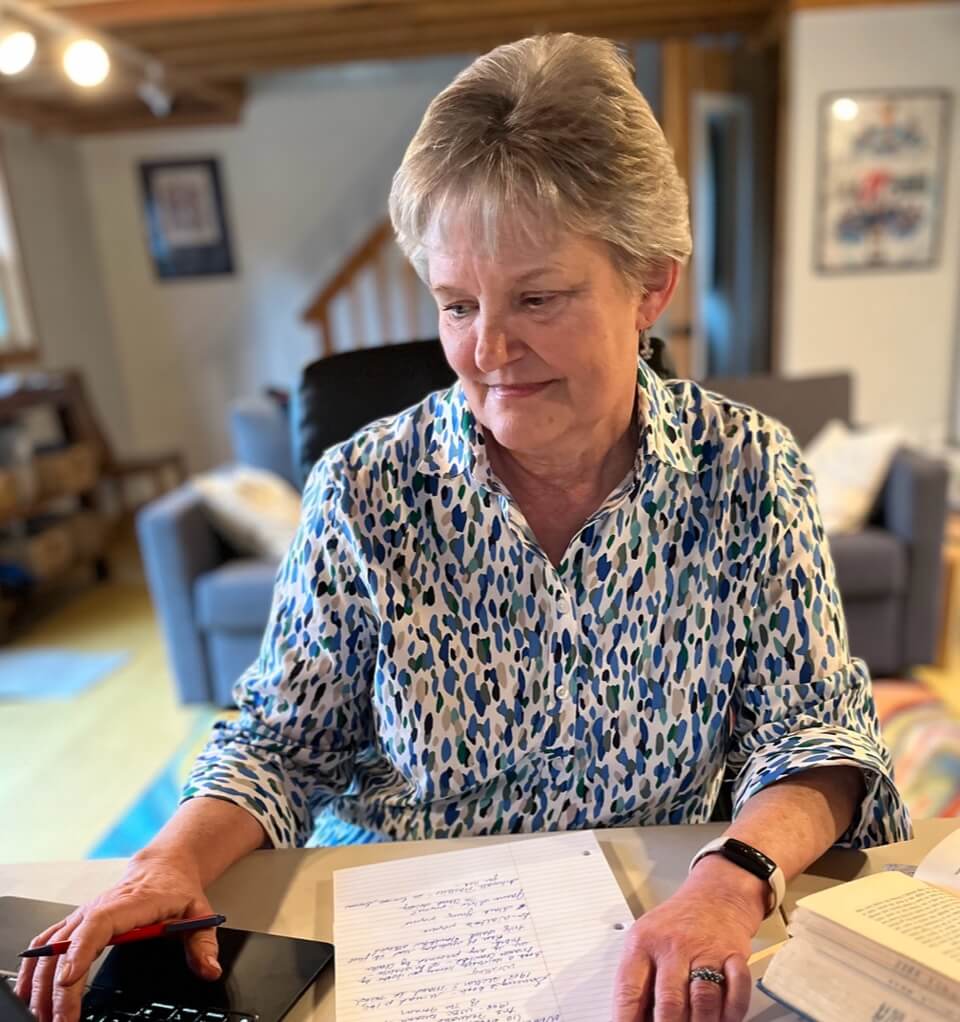

Editor’s note: This essay is part of Mississippi Today Ideas, a platform for thoughtful Mississippians to share fact-based ideas about our state’s past, present and future. You can read more about the section here.
Given recent policy changes threatening the future of medical research and news of Mississippi’s falling childhood vaccination rates, I fear we are ignoring lessons learned the hard way.
One of those lessons occurred during a yellow fever outbreak in the summer of 1898 when a community of honest citizens in Orwood, then a hamlet in southwest Lafayette County, helped a team of physicians change the direction of public health for Mississippi and the rest of the country.
I first heard about their story listening to a documentary about yellow fever with my husband, a virologist, who teaches at the University of Mississippi. The video mentioned an unnamed doctor in Mississippi who had advanced a theory linking mosquitoes and yellow fever.
The story I uncovered models the honesty and trust in medical science we need today to keep our families and communities healthy.
***
Yellow fever was a problem in the South throughout the 1800s. Its initial symptoms — fever, body aches and severe headache — were followed by jaundice and in some cases internal bleeding leading to death. The jaundice left the skin tinged with yellow, thus the name “yellow fever.”

In early August 1898, a young woman named Sallie Wilson Gray (no relation to the author) developed chills and a fever while visiting at her uncle’s home in Taylor. Her uncle immediately sent her home to be cared for by her family in Orwood, about 10 miles away.
Days later, Sallie’s uncle in Taylor died from what proved to be yellow fever. Family members wiped black vomit, a sign of internal bleeding, from his body as he lay in his coffin.
Sallie had now brought the same illness home to Orwood.
***
I learned about yellow fever in seventh grade when we studied the 1878 yellow fever epidemic, the worst to strike the Mississippi River Valley. That year, Mississippi reported almost 17,000 cases and more than 4,000 deaths. I didn’t realize, though, how yellow fever continued to appear year after year.
Physicians had a basic understanding of bacteria after the Civil War, but they didn’t recognize viruses, which proved to be the cause of yellow fever, until later in the 1900s. One popular theory suggested yellow fever spread on fomites—inanimate surfaces—like bedding, clothing and furniture. Panic often followed news of a yellow fever outbreak. Health officials established quarantines, closed roads, river ports and train stations, hoping to curb the spread of infections.
The fear of what was not known then about yellow fever reminded me of the early days of the COVID pandemic when fear spread through rumors and unconfirmed anecdotes on social media.
***
Sallie’s sisters and brothers in Orwood soon developed the same symptoms as Sallie. By September, 30-plus people in Taylor and Orwood showed signs of the disease and new cases were reported outside the local area. In response, three interstate railroads shut down and Memphis halted train traffic coming into the city. In Starkville, the president of Mississippi A&M (now Mississippi State University) posted a column of guards along its roads. In mid-October, officials placed all of Mississippi under quarantine as thousands fled the state.
Months earlier, the governor of Mississippi, recognizing the heavy toll yellow fever often brought to his state, had sent a team of Board of Health physicians to Cuba, the center for yellow fever research. There the group met with Dr. Walter Reed, the Army physician directing the American research interests on the island. Reed pursued a theory that mosquitos transmitted the disease, but his experiments to establish that link repeatedly failed. The Mississippi team, including Dr. Henry Gant, a Water Valley doctor, returned home, still hopeful that science could soon solve the yellow fever mystery.
Gant immediately responded when he learned about the outbreak in Taylor. So did Dr. Henry Rose Carter, a field epidemiologist who served as the quarantine officer at Ship Island and who investigated yellow fever outbreaks throughout the South.
Committed to the same rigorous scientific process that epidemiologists use today, Carter looked for patterns in how diseases spread within clusters of people. With yellow fever, he needed to identify the first person to develop the disease in a specific area and then trace everybody and everything that the person came into contact with.
Over and over again, unreliable sources or conflicting pieces of data prevented Carter from finding a pattern. People, suspicious of government intervention and scared of the consequences of yellow fever, often distorted the truth.
Fortunately for us today, the people of Orwood proved to be different. The people, Carter wrote, were “honest enough to tell the truth” and cooperated with efforts to trace the infection of each case.
Working with Carter, Gant moved from house to house in Orwood, instructing families to quarantine at home, though their natural inclination was to care for their neighbors. He also questioned each person, recording data for Gant’s analysis.
Unlike diseases that produce low-grade fevers, an abrupt and high fever often characterizes a case of yellow fever. For that reason, many of the people Gant interviewed reported the day their infections started and also the time their fevers ignited: Mr. G. W. McMillan, sickened on Aug. 29 at noon. Mrs. Rogers, Sept. 4, 10:00 am.
Collecting this detailed information about time proved essential for Carter’s study and he cheered Gant’s ability to gather such reliable data. “A greater tribute to the good faith of the community, or to its confidence in Dr. Gant, can scarcely be given,” he wrote.
Studying the Orwood data, Carter recognized a consistent time interval between cases, about two weeks between the first case and the development of secondary cases. This meant that the infection did not immediately spread from person-to-person but required time to incubate. He called this the period of extrinsic incubation.
I’ve read Carter’s scientific report with the results of the Orwood study, the same report that persuaded Walter Reed to alter his experimental process. Waiting 10-14 days before introducing infected mosquitos to healthy volunteers, Reed successfully demonstrated the transmission of yellow fever from mosquito to human.
With the development of mosquito control procedures, the fever soon vanished in the U.S. and Caribbean. Today a vaccine can protect those travelling or living where the disease remains a threat.
***
Sallie and her siblings were among the lucky, surviving their infections with only lingering weakness and fatigue. When frosts fell in north Mississippi in early November 1898, the number of fever cases quickly fell. In total, officials confirmed 2,478 cases across the state. Those who died totaled 114.
Reed later acknowledged that the “work in Mississippi did more to impress me with the importance of an intermediate host in yellow fever than everything else put together.”
***
My husband and I drove from our home in Oxford to Taylor and then Orwood on a hot muggy day in August, probably experiencing the same weather conditions as Sallie. Orwood is a ghost town today, but we found the cemetery where Sallie’s uncle is buried, adjacent to the wood-planked Presbyterian Church that still stands.
Walking those grounds emphasized for me what the neighbors who once lived in Orwood taught us. Honesty and rigorous scientific inquiry — and not political rhetoric or unproven claims — are the tools we must trust to combat disease and dispel fear.
Bio: Shirley Wimbish Gray lives in Oxford. A retired writing instructor and science editor, she writes about what is often overlooked or forgotten, particularly in the American South. Her recent essays have appeared in Earth Island, Brevity Blog and Persimmon Tree.
- Under new EPA rule, protections would dry up for wetlands across the Mississippi River basin - November 22, 2025
- Judge grants bail to Louisiana death row prisoner Jimmie Duncan - November 21, 2025
- Full SNAP benefits are distributed for November after software issue causes delays - November 21, 2025